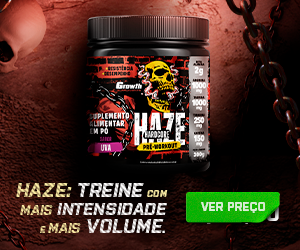Como anda a questão da soja?
-
Quem Está Navegando 0 membros estão online
- Nenhum usuário registrado visualizando esta página.
-
Conteúdo Similar
-
- 5 respostas
- 324 visualizações
-
- 6 respostas
- 433 visualizações
-
- 42 respostas
- 6.939 visualizações
-
- 6 respostas
- 836 visualizações
-
- 2 respostas
- 390 visualizações
-






Posts Recomendados
Crie uma conta ou entre para comentar
Você precisar ser um membro para fazer um comentário
Criar uma conta
Crie uma nova conta em nossa comunidade. É fácil!
Crie uma nova contaEntrar
Já tem uma conta? Faça o login.
Entrar Agora